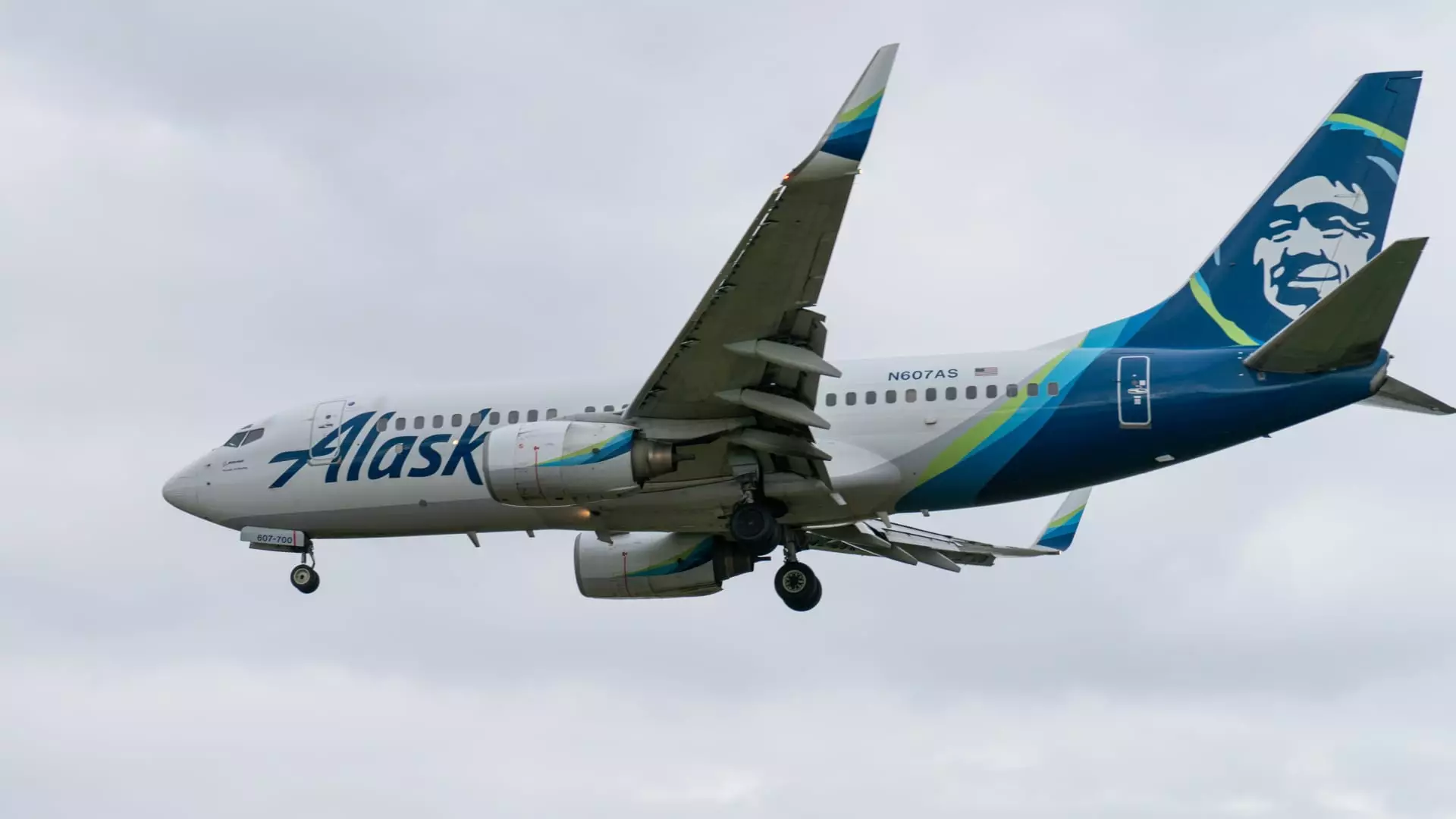The anticipated merger between Alaska Airlines and Hawaiian Airlines has become a significant talking point in the aviation industry, particularly after receiving the green light from the U.S. Department of Transportation (DOT). Despite the initial approval from the U.S. Justice Department regarding the $1.9 billion agreement, the DOT’s conditions reflect a broader concern about consumer rights and the integrity of airline operations. Their mandate highlights the need for the preservation of both airlines’ existing rewards systems—HawaiianMiles and Alaska Mileage Plan—post-merger.
One of the most critical aspects of the DOT’s requirements is ensuring that loyalty points accumulated by customers prior to the merger will remain valid and transferable at a one-to-one ratio. This stipulation aims to protect consumers who have invested their loyalty in each airline. If mishandled, the integration of reward systems could lead to a loss of consumer trust, which both airlines cannot afford in such a competitive landscape. The success of this operation hinges not just on legal compliance but on maintaining customer goodwill and loyalty.
Importance of Essential Routes
The DOT has underscored the necessity of maintaining “essential air support” for rural areas and sustaining current service levels on various passenger and cargo routes between the Hawaiian Islands. This emphasis is crucial in ensuring that communities that rely on these essential services are not left underserved. Secretary of Transportation Pete Buttigieg’s assertions reflect a growing awareness that mergers shouldn’t solely be about profitability for the airlines but should consider the socioeconomic impact on communities reliant on air travel for connectivity and commerce.
Transitioning Leadership and Operations
In preparation for the merger, Alaska Airlines announced the formation of an interim transition team. This strategic move aims to streamline the integration process and minimize disruptions. Joe Sprague, currently overseeing Alaska Airlines’ regional operations in Hawaii, is set to take the helm as CEO of Hawaiian Airlines once the merger is finalized. This leadership decision signals a commitment to maintain continuity during the transition, which is essential for both employee morale and customer confidence.
The market’s response to the merger has been optimistic, evidenced by a nearly 4% rise in Hawaiian Airlines’ stock following the DOT’s announcement. This reaction underscores investor confidence in the merger’s potential to create synergies and enhance market competitiveness. Both airlines have pledged to honor their respective brands while adopting operational best practices from each, like Alaska Airlines’ family seating guarantees and compensation policies for delays, which reflect a commitment to improved customer service.
As Alaska Airlines and Hawaiian Airlines move forward with their merger under the careful scrutiny of the DOT, the journey ahead is laden with challenges but also promising prospects. By prioritizing customer loyalty, maintaining essential routes, and fostering effective leadership, the airlines can work towards a successful integration that enriches their service offerings. The aviation landscape may be about to witness a transformative partnership that could reshape travel experiences for consumers, provided they hold true to the commitments made during this merger process.


Leave a Reply